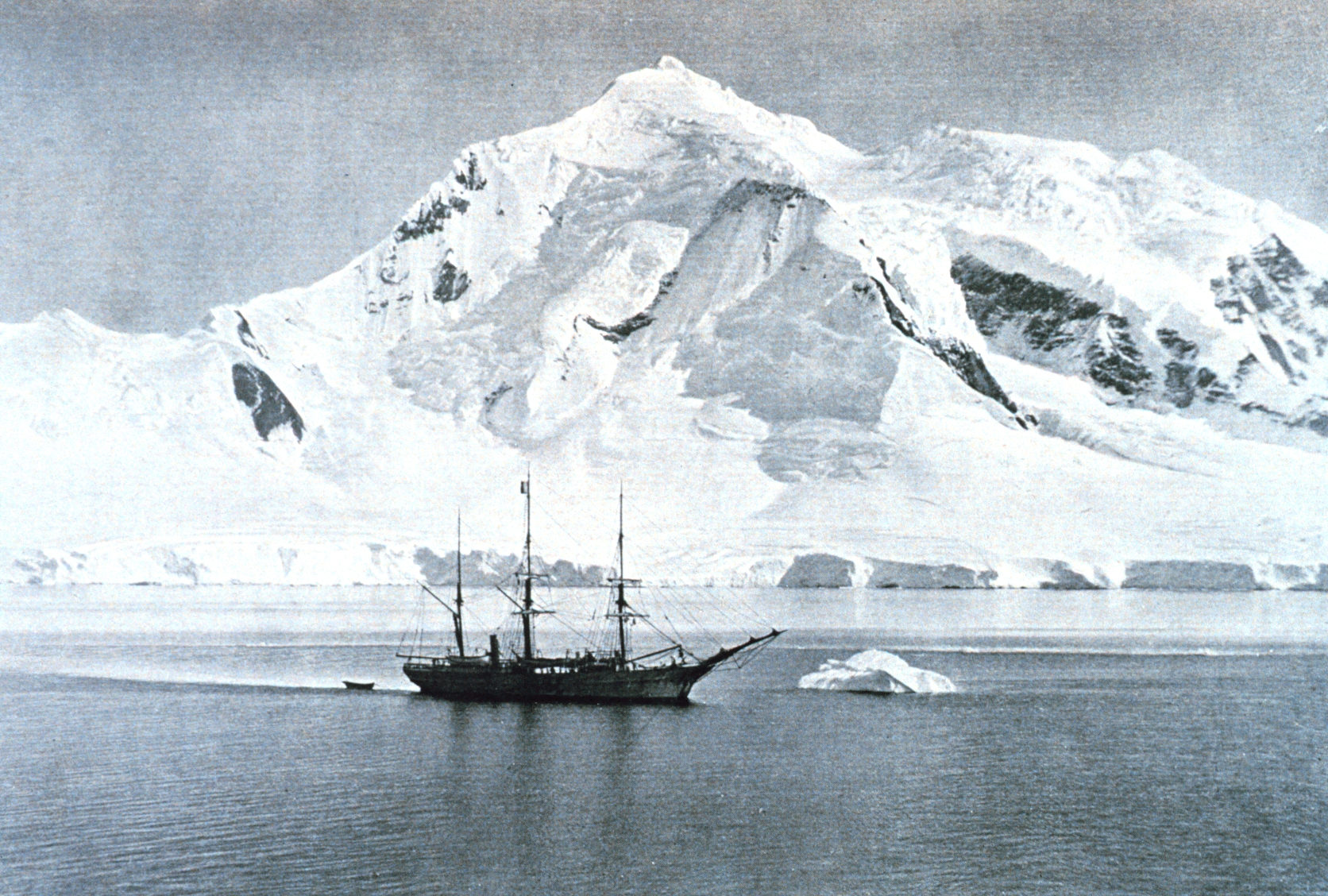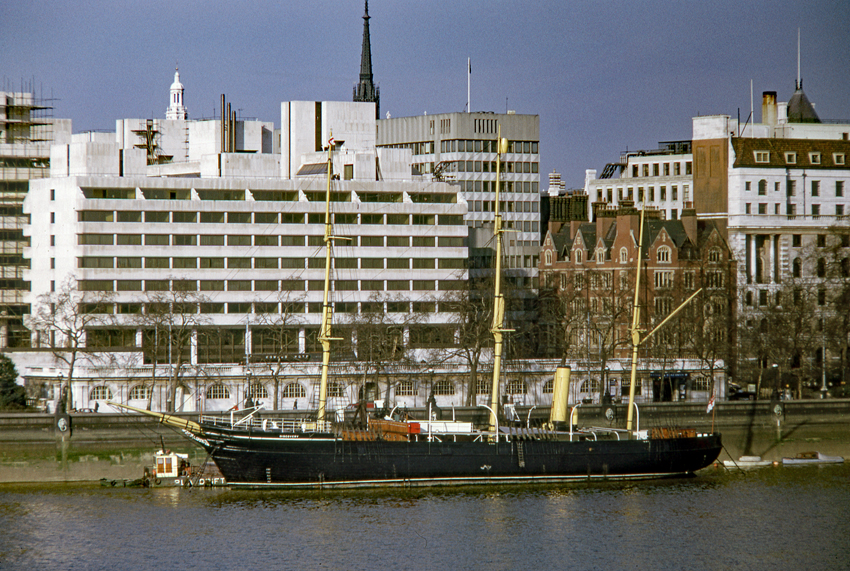|
Lion Sound
Lion Sound () is a small passage between Lion Island and the southeast coast of Anvers Island, in the Palmer Archipelago, Antarctica. It was discovered by the Belgian Antarctic Expedition, 1897–99, under Gerlache. The name appears on a map based on a 1927 survey by Discovery Investigations personnel on the ''Discovery Discovery may refer to: * Discovery (observation), observing or finding something unknown * Discovery (fiction), a character's learning something unknown * Discovery (law), a process in courts of law relating to evidence Discovery, The Discovery ...'', the sound being named for its association with Lion Island. References External links * Sounds of Graham Land Landforms of the Palmer Archipelago {{PalmerArchipelago-geo-stub ... [...More Info...] [...Related Items...] OR: [Wikipedia] [Google] [Baidu] |
Lion Island (Palmer Archipelago)
{{Disambiguation, geo ...
Lion Island can refer to: Places *Lion Island (New South Wales), an island in Broken Bay north of Sydney, Australia * Lion Island (Old Windsor), an uninhabited island in the River Thames, England * Lion Island, Palmer Archipelago, Antarctica * Lion Island, Géologie Archipelago, Antarctica * Lion Island, Victoria Land, Antarctica Other uses * Lion Island (band), a musical ensemble from Brisbane, Australia See also * Shi Islet (獅嶼), or Lion Islet, Lieyu Township, Kinmen County (Quemoy), Fujian (Fukien), Republic of China (Taiwan) * Pulau Ujong Singapore Island, also known as mainland Singapore and Pulau Ujong, is the main constituent island of the sovereign island country and city-state of the Republic of Singapore. It is located at the southern tip of the Malay Peninsula, between t ... [...More Info...] [...Related Items...] OR: [Wikipedia] [Google] [Baidu] |
Anvers Island
Anvers Island or Antwerp Island or Antwerpen Island or Isla Amberes is a high, mountainous island long, the largest in the Palmer Archipelago of Antarctica. It was discovered by John Biscoe in 1832 and named in 1898 by the Belgian Antarctic Expedition under Adrien de Gerlache after the province of Antwerp (province), Antwerp in Belgium. It lies Ordinal directions, south-west of Brabant Island at the Ordinal directions, south-western end of the group. The south-western coastline of the island forms part of the Southwest Anvers Island and Palmer Basin Antarctic Specially Managed Area (ASMA 7). Cormorant Island, an Important Bird Area, lies 1 km off the south coast. There is a small science outpost called Palmer Station on the south end of Anvers island since the late 1960s; it is the smallest and farthest north of three the U.S. has on the continent. It is staffed by a few dozen people mostly doing marine and biology research, and is usually resupplied by ship as it has no reg ... [...More Info...] [...Related Items...] OR: [Wikipedia] [Google] [Baidu] |
Palmer Archipelago
Palmer Archipelago, also known as Antarctic Archipelago, Archipiélago Palmer, Antarktiske Arkipel or Palmer Inseln, is a group of islands off the northwestern coast of the Antarctic Peninsula. It extends from Tower Island in the north to Anvers Island in the south. It is separated by the Gerlache Strait, Gerlache and Bismarck Strait, Bismarck straits from the Antarctic Peninsula and Wilhelm Archipelago, respectively. The archipelago is in the British Antarctic Territory, British, Chilean Antarctic Territory, Chilean, and Argentine Antarctica, Argentine Claims. Palmer Archipelago is located at . History Adrien de Gerlache, leader of the Belgian Antarctic Expedition (1897–1899), discovered the archipelago in 1898. He named it Archipelago Palmer for American Captain Nathaniel Palmer, who navigated these waters in 1820. Both Argentina and the United Kingdom have operated research stations there. Islands The archipelago includes: Gallery File:Gerlache Strait.png, Map of Ger ... [...More Info...] [...Related Items...] OR: [Wikipedia] [Google] [Baidu] |
Belgian Antarctic Expedition
The Belgian Antarctic Expedition of 1897–1899 was the first expedition to winter in the Antarctic region. Led by Adrien de Gerlache de Gomery aboard the RV ''Belgica'', it was the first Belgian Antarctic expedition and is considered the first expedition of the Heroic Age of Antarctic Exploration. Among its members were Frederick Cook and Roald Amundsen, explorers who would later attempt the respective conquests of the North Pole. Preparation and surveying In 1896, after a period of intensive lobbying, Adrien Victor Joseph de Gerlache de Gomery purchased the Norwegian-built whaling ship ''Patria'', which, following an extensive refit, he renamed . Gerlache had worked together with the Geographical Society of Brussels to organize a national subscription, but was able to outfit his expedition only after the Belgian government voted in favor of two large subsidies, making it a state-supported undertaking. With a multinational crew that included Roald Amundsen from Norway ... [...More Info...] [...Related Items...] OR: [Wikipedia] [Google] [Baidu] |
Gerlache
Baron Adrien Victor Joseph de Gerlache de Gomery (; 2 August 1866 – 4 December 1934) was a Belgian officer in the Belgian Royal Navy who led the Belgian Antarctic Expedition of 1897–99. Early years Born in Hasselt in eastern Belgium as the son of an army officer, de Gerlache was educated in Brussels. From a young age, he was deeply attracted by the sea, and made three voyages in 1883 and 1884 to the United States as a cabin boy on an ocean liner. He studied engineering at the Free University of Brussels. After finishing his third year in 1885, he quit the university and joined the Belgian Navy on 19 January 1886. After graduating from the nautical college of Ostend he worked on fishery protection vessels as second and third lieutenant. In October 1887 he signed on as a seaman on the ''Craigie Burn'', an English ship, for a voyage to San Francisco, but the ship failed to round Cape Horn and was sold for scrap in Montevideo. He returned to Europe after spending time in ... [...More Info...] [...Related Items...] OR: [Wikipedia] [Google] [Baidu] |
Discovery Investigations
The Discovery Investigations were a series of scientific cruises and shore-based investigations into the biology of whales in the Southern Ocean. They were funded by the British Colonial Office and organised by the Discovery Committee in London, which was formed in 1918. They were intended to provide the scientific background to stock management of the commercial Antarctic whale fishery. Discovery Investigations contributed greatly to knowledge of the whales, the krill they fed on and their habitat's oceanography, while charting the local topography, including Atherton Peak. They continued until 1951, with the final report published in 1980. Collected specimens are in the Discovery Collections.Skinner, L. (2020)The Mini Monsters National Maritime Museum Cornwall, 12 February 2020. Laboratory Shore-based work on South Georgia took place in the marine laboratory, Discovery House, built in 1925 at King Edward Point and occupied until 1931. The scientists lived and worked in t ... [...More Info...] [...Related Items...] OR: [Wikipedia] [Google] [Baidu] |
RRS Discovery
RRS ''Discovery'' is a barque, barque-rigged steamship, auxiliary steamship built in Dundee, Scotland for Antarctic research. Launched in 1901, she was the last traditional wooden three-masted ship to be built in the United Kingdom. Her first mission was the British National Antarctic Expedition, carrying Robert Falcon Scott and Ernest Shackleton on their first, and highly successful, journey to the Antarctic, known as the Discovery Expedition, ''Discovery'' Expedition. After service as a merchant ship before and during the First World War, ''Discovery'' was taken into the service of the Government of the United Kingdom, British government in 1923 to carry out scientific research in the Southern Ocean, becoming the first Royal Research Ship. The ship undertook a two-year expedition – the Discovery Investigations – recording valuable information on the oceans, marine life and being the first scientific investigation into whale populations. From 1929 to 1931 ''Discovery'' serv ... [...More Info...] [...Related Items...] OR: [Wikipedia] [Google] [Baidu] |
Sounds Of Graham Land
In physics, sound is a vibration that propagates as an acoustic wave through a transmission medium such as a gas, liquid or solid. In human physiology and psychology, sound is the ''reception'' of such waves and their ''perception'' by the brain. Only acoustic waves that have frequencies lying between about 20 Hz and 20 kHz, the audio frequency range, elicit an auditory percept in humans. In air at atmospheric pressure, these represent sound waves with wavelengths of to . Sound waves above 20 kHz are known as ultrasound and are not audible to humans. Sound waves below 20 Hz are known as infrasound. Different animal species have varying hearing ranges, allowing some to even hear ultrasounds. Definition Sound is defined as "(a) Oscillation in pressure, stress, particle displacement, particle velocity, etc., propagated in a medium with internal forces (e.g., elastic or viscous), or the superposition of such propagated oscillation. (b) Auditory sensation evok ... [...More Info...] [...Related Items...] OR: [Wikipedia] [Google] [Baidu] |


